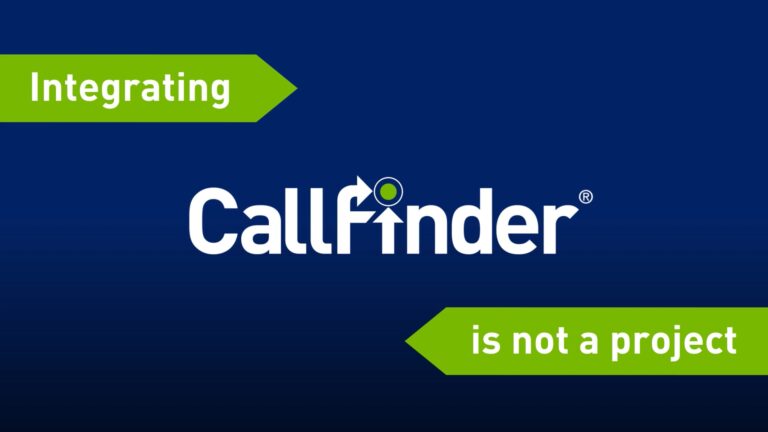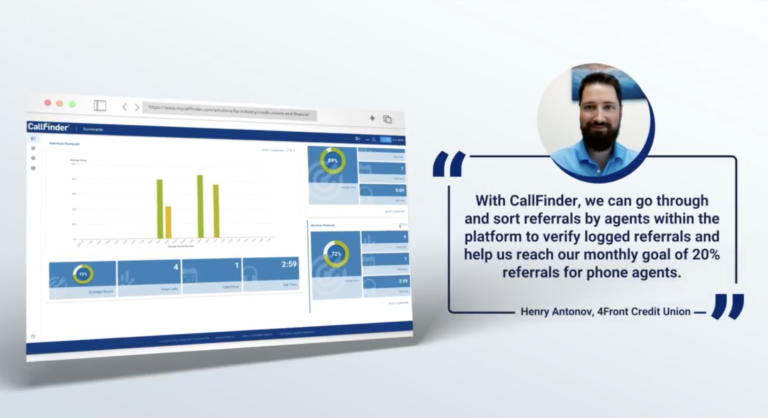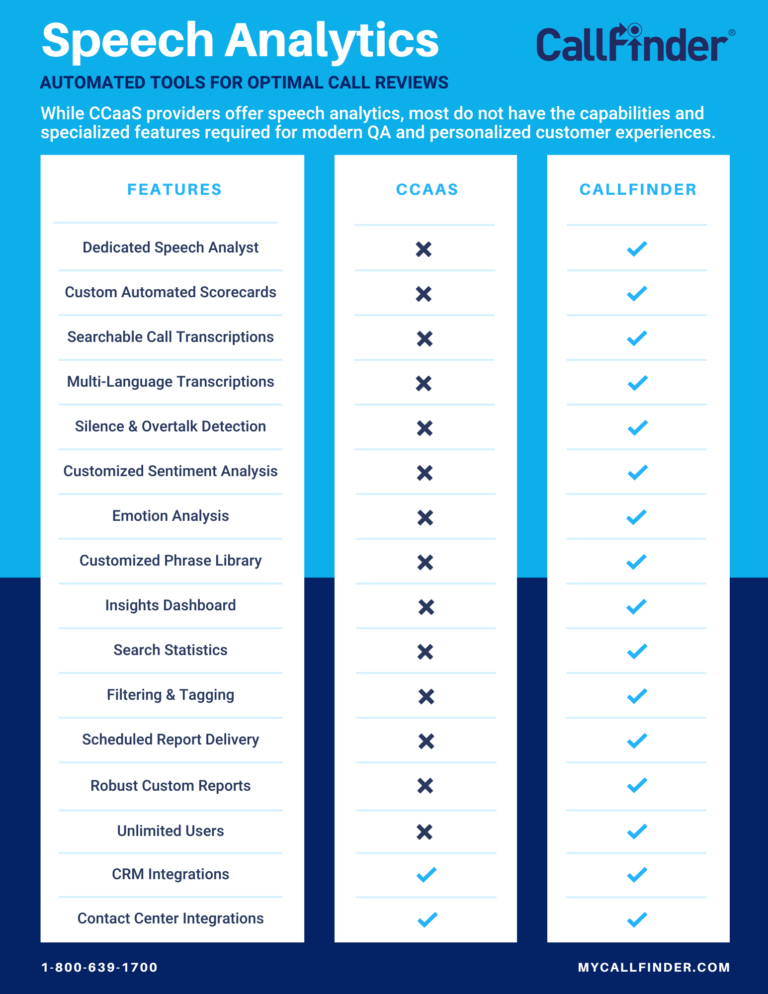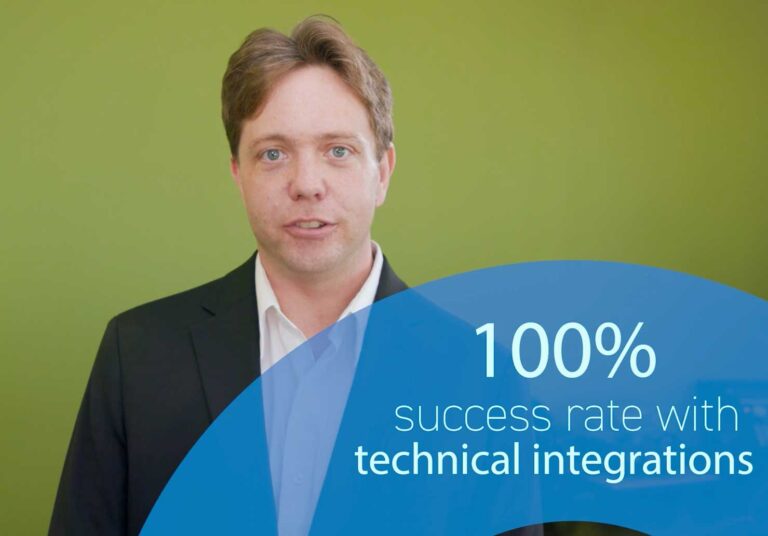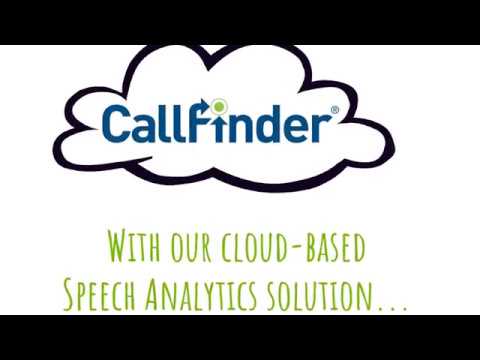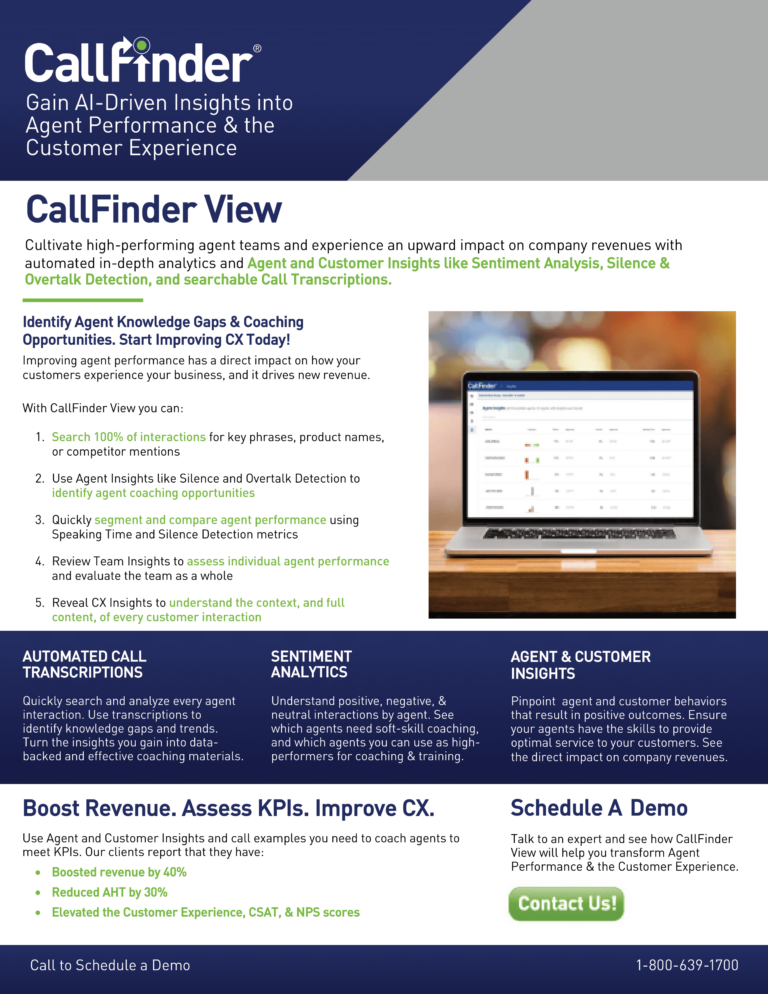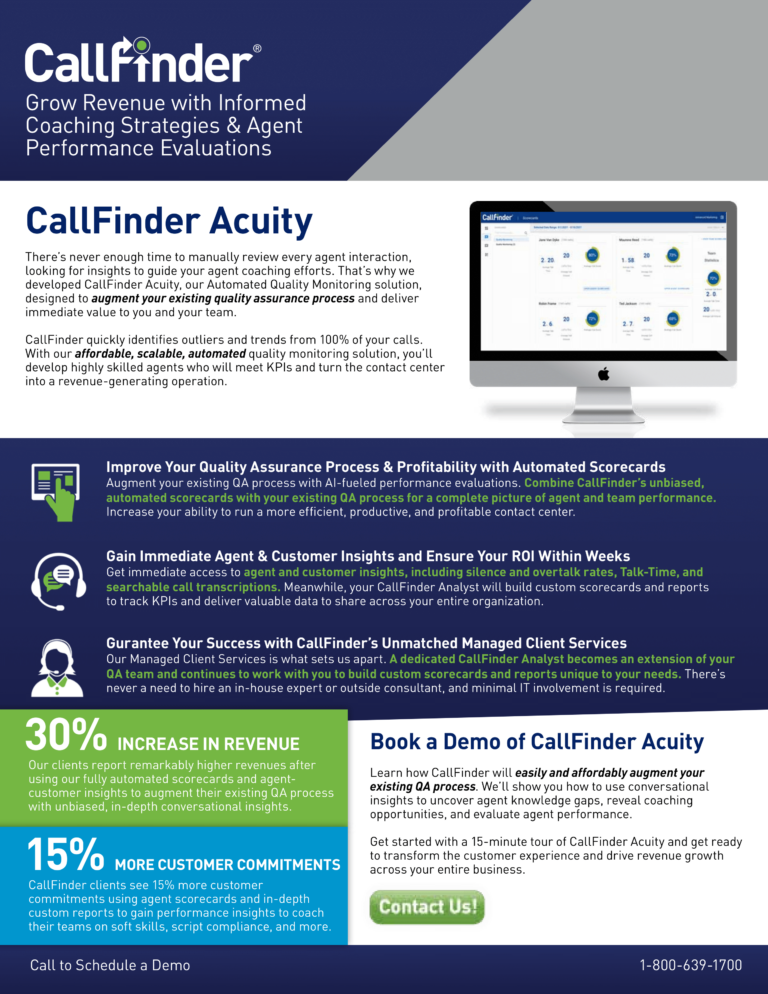Looking at customer experience data, companies are only seeing facts and figures. It’s the story behind the data that provides the true insights. That’s why customer journey mapping has become so popular. A customer journey map is essentially a visual depiction that tells a story, such as a graph, of the customer “journey” from touchpoint to touchpoint. It outlines what the customer experience is and should be at each touchpoint. It teaches a company about its customers and what motivates them. It’s a way to convey where there might be gaps or areas in need of improvement throughout the map, or journey.
A customer journey isn’t going to be exactly the same for every customer, which is why it’s useful for a company to create different maps or graphs for different scenarios and personas. A customer map can be used to zero in on one part of the overall story or focus on the entire journey. Speech analytics software is a great tool to capture and gather critical customer data which will inform and help shape the customer journey map in either scenario.
An important touchpoint for most companies is phone conversations that customer service agents, sales agents, receptionists, or other personnel have with customers. The experience a customer or potential customer has while on the phone can deeply affect their overall perception of the business going forward. Speech analytics can be used to monitor agents, sales staff, etc. to ensure that they are properly handling phone calls, remaining compliant, and providing a good overall customer experience. Speech analytics data can be used to make informed training decisions to ensure that agents continue to improve.
However, speech analytics data isn’t strictly used for the purpose of improving the call experience. Every phone call contains valuable, but unstructured, voice of the customer data about their experience across multiple touchpoints. Companies that use speech analytics technology are able to learn many things about customers and potential customers including the reason they are calling, questions and concerns they may have, how they feel about a specific product or situation, and what their needs may be.
Because speech analytics software scans thousands of phone conversations, searching for specific keywords, actionable trends emerge which allows a company to turn unleveraged data into actionable business insights. These insights can be used to fill in the gaps across a customer journey map and help a company understand why a customer took (or didn’t take) certain actions. It helps tie together loose ends of the story, creating a much clearer picture for companies looking to improve the overall customer experience across all touchpoints.
